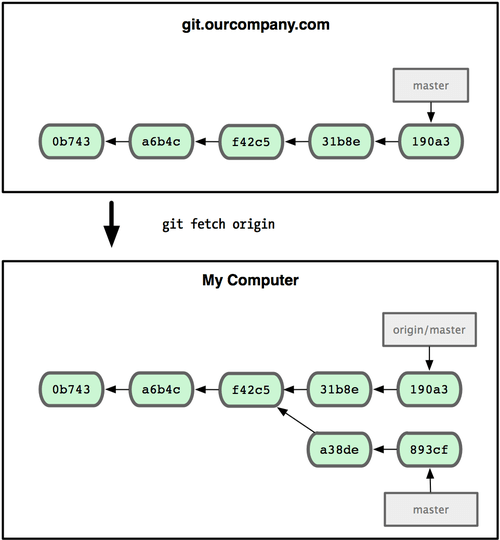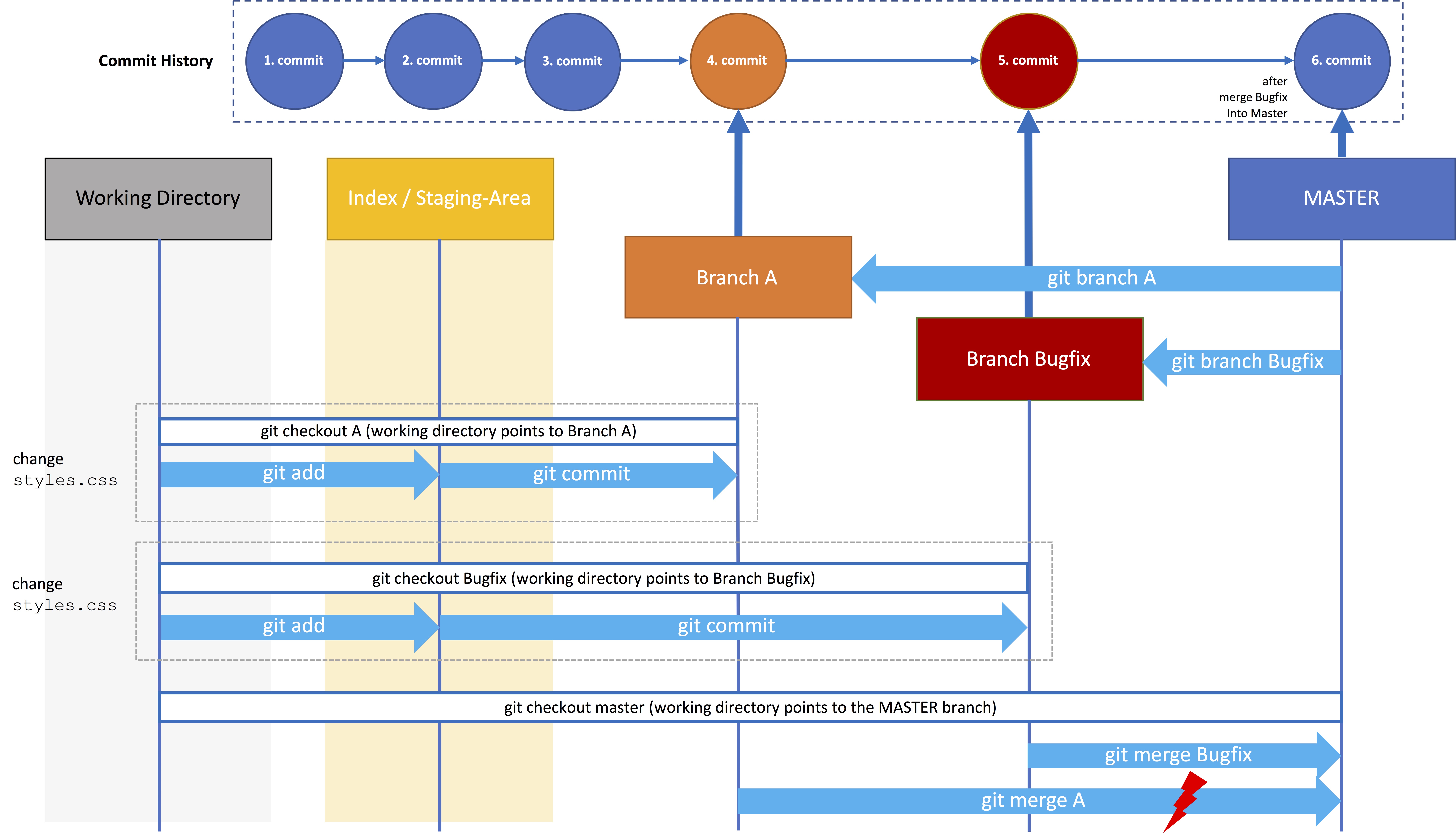

Not all files on a Linux system are in a Git repository, so the Linux rm command does not remove files from a Git repository. This is because the git rm command executes instructions to remove a file from a Git repository. If you want to remove a file from your Git repository, you must use git rm. The rm command, on the other hand, does not remove a file from a Git repository.

The git rm command removes a file from both your working machine and a Git repository. In other words, our git rm command will have been undone. This means that our file will still be staged. Once we revert the repository, we can view how that repository appeared before the commit. The string of letters after the word “reset” is the hash for the last commit. We are reverting a git repository to its previous commit. Let’s remove a file called settings.json from a Git repository: The simplest use of this command is to remove a file. This means that it deletes a file, just like the Without any flags, this command will remove a file from both a Git repository and your local working directory. To preserve the file on your local machine, use the –cached flag. A file is removed from both your machine and the Git repository. The git rm command removes a file or group of files from a Git repository. If you want to stop a file from being tracked, you can use the git rm command. Typically, untracked files are those that you have created before creating a commit. Tracked files are files which have been included in a git commit.Īre files which have not yet been committed to the repository.
GIT BRANCH RM HOW TO
Let’s begin!īefore we discuss how to use the git rm command, we need to understand how files are managed in the Git version control system.įiles inside a Git repository can either be tracked or untracked. We’ll walk through an example of the git rm command to show you how it works. In this guide, we’re going to discuss how to use the git rm command. , and you consent to receive offers and opportunities from Career Karma by telephone, text message, and email. Get Your Coding Bootcamp Sponsored by Your EmployerĬareer Karma matches you with top tech bootcampsĪccess exclusive scholarships and prep courses.Education Stipends for Coding Bootcamps.Best Coding Bootcamp Scholarships and Grants.Ultimate Guide to Coding Bootcamp Loans.
GIT BRANCH RM FREE

If you're a skeptic like me, run this command to check if the file still exists in the branch git ls-files | grep src/unwantedfile.php We can now rejoice and probably get another cup of hot tea. If you see a vim window pop up, don't freak out. The next step is to make a commit but we need to tell git that we've amended something. We now remove it, this is where it gets interesting. What this does is take our git history back in time to the moment before we created the commit.

We first need to search for the commit that first introduced the file git log -diff-filter=A - src/unwantedfile.php Don't forget to checkout the relevant branch. Let's get to the terminal and cd in working directory for the repository. TIP: This is a beginner friendly exercise The file in question existed on my repo but not the the prod one since my branch was behind. What happens when a file that was merged to master (main if you prefer) has to be removed in order for your branch to be merged? This is the problem I’ve had to solve this week. There are many changes occurring to a repository and you probably don’t have the time to check all the changes that your team mates have made.
GIT BRANCH RM SOFTWARE
Working as a software engineer and a team member can be stressful.


 0 kommentar(er)
0 kommentar(er)
